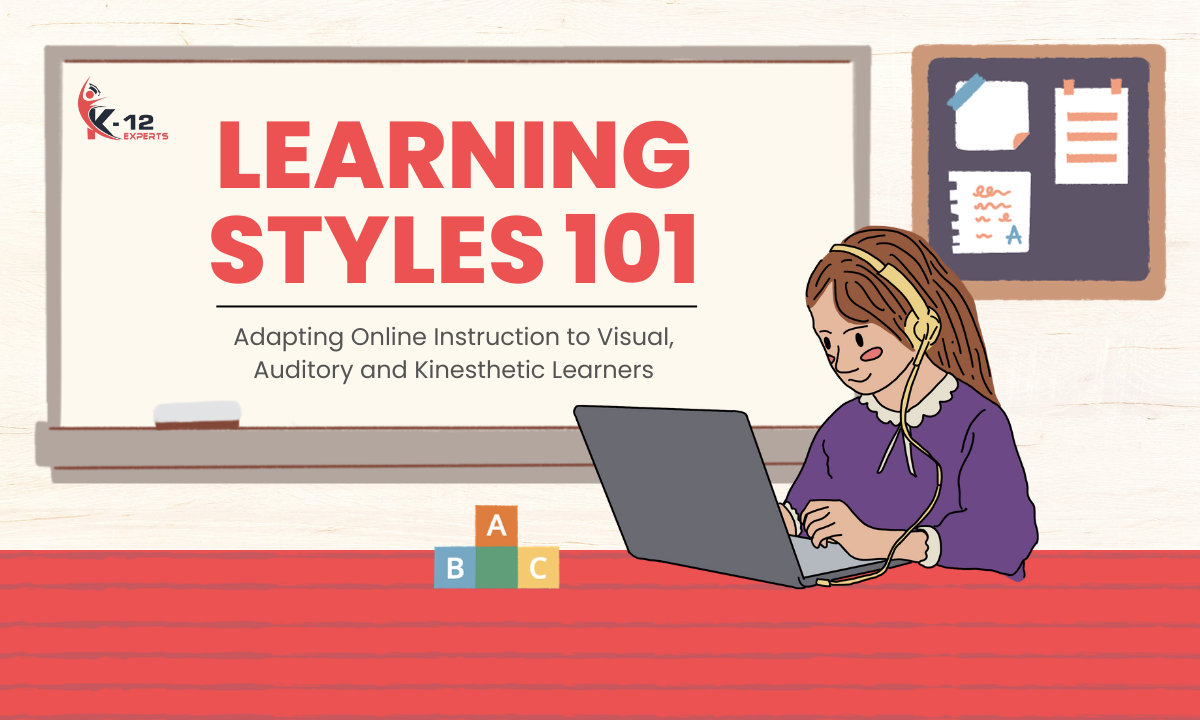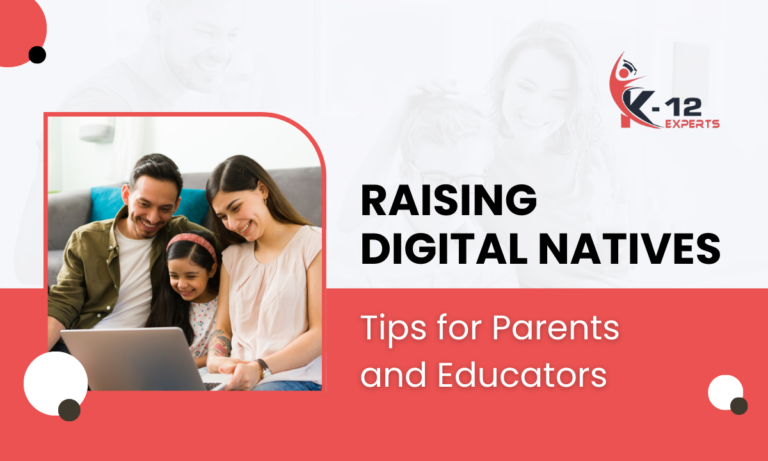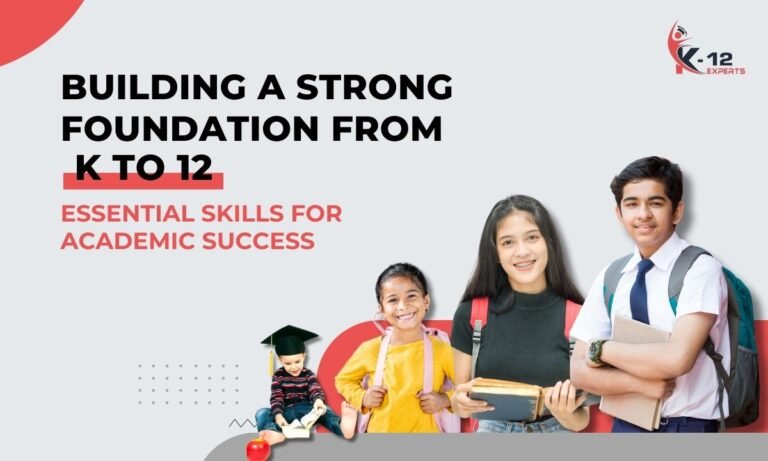Have you thought about the learning styles of your online students? Everybody’s different – some learn best with images, some with language, and others through physical actions. We’re discussing visual, auditory, and kinesthetic learners here.
We’ll explore their traits and ways to tailor your digital lessons to suit each type. Remember, you’re not just educating but also preparing future trailblazers. Let’s make sure no one is left out.
Understanding Different Learning Styles
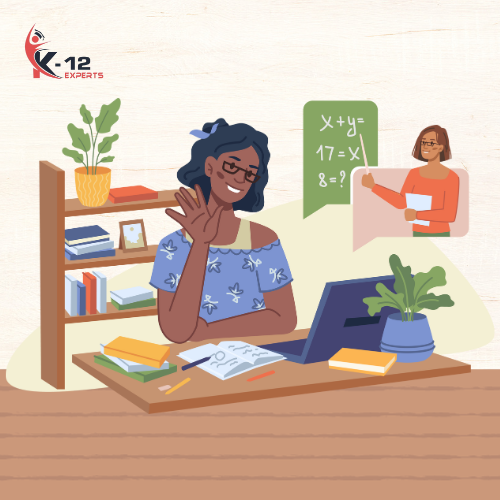
To adapt your online teaching techniques, you need to recognize the varied learning styles of your students. This is because each student has a unique way their brain takes in and retains information. Some students are visual learners who learn better from seeing, some are auditory learners who prefer listening, and others are kinesthetic learners who learn best by doing.
By using various teaching methods, you can cater to these different learning preferences, enhancing their understanding and keeping them engaged. This also stimulates different brain pathways, enriching the learning experience and improving memory retention.
A deep understanding of these learning styles is crucial if you’re looking for innovative teaching methods.
Now, we’ll discuss the traits of visual learners.
Characteristics of Visual Learners
Visual learners shine when they can visualize concepts. They love images, charts, and diagrams, but that’s not all. They’ve unique ways to process and store information effectively.
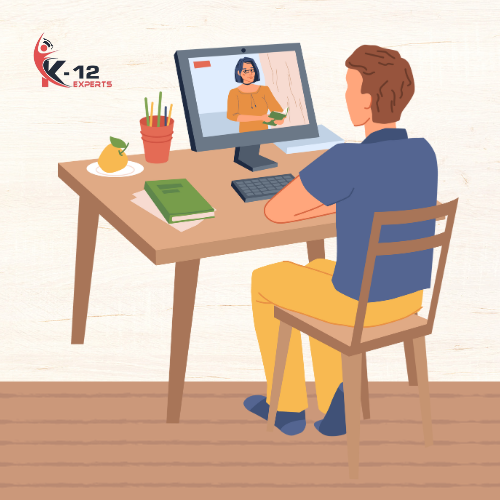
Using visual cues, like mental images, helps them remember things. They also love structuring their thoughts using visual tools like mind maps or flowcharts. To be honest, they’d rather decipher a graph than read a bunch of numbers.
Strategies for Teaching Auditory Learners

After addressing the needs of your visual learners, let’s turn our attention to effective techniques for engaging auditory learners. These individuals flourish when sound is a key part of their learning experience. To capture their interest, consider integrating the following auditory tools:
- Provide them with the opportunity to revisit lectures through recordings, allowing them to digest the material at a comfortable pace.
- Engage them in dynamic discussions to tap into their auditory senses and boost understanding.
- And don’t forget the power of podcasting; it’s a fantastic way to present material in an accessible, conversational style.
Studies indicate that auditory learners excel when they can hear the information. By creatively using these tools, you’re accommodating their learning preference and creating a more inclusive and effective learning space.
Ways to Engage Kinesthetic Learners
Kinesthetic learners blossom when they can physically engage with what they’re studying. Simply listening won’t cut it for them. How about making things more interactive? Simulations, practical tasks, and role-play might do the trick.
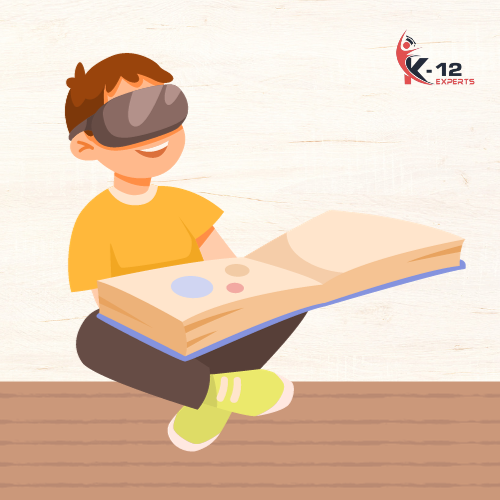
Building physical models or using dance to illustrate concepts could also work well. Even note-taking could be more interactive, perhaps on a digital whiteboard. It’s all about creating a vibrant learning space that suits their style.
Next, we’ll look at tailoring online learning for different types of students.
Adapting Online Instruction for Various Learners
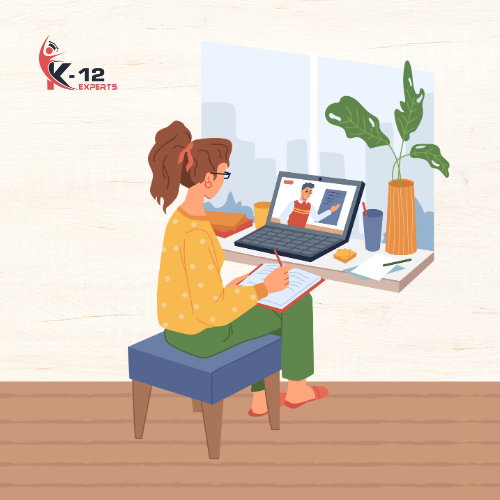
Once you’ve gotten the hang of engaging hands-on learners, let’s explore ways to tailor your online lessons to suit a range of learning styles.
One key area is digital accessibility, which is more than just ticking boxes – it’s about ensuring everyone is included. Aim for clear, universally accessible resources. Think about things like transcripts for audio for those who learn best through listening or visual aids for the more visually inclined.
Next, consider creating customized curriculums. In today’s world, a generic approach just doesn’t cut it. Make sure your lessons are flexible enough so that each learner can engage with the material in a way that suits them best.
Lastly, don’t forget about the power of technology. With things like interactive quizzes and video chats, you can create a learning environment that fits each student’s needs.
Frequently Asked Questions
What Are the Benefits of Understanding and Adapting to Different Learning Styles in a Physical Classroom Setting?
Grasping the variety of learning styles can lead to impactful shifts in the classroom. Tweaking your course layout to cater to these diverse needs can boost student participation, strengthen understanding, and ultimately ramp up general scholastic success.
How Can Parents Identify Their Children’s Dominant Learning Styles at Home?
To recognize your kid’s primary learning technique, watch their actions. Check for consistencies in their preferred interaction with data. Are they more inclined towards images, audio, or practical tasks?
Are There Specific Career Paths That Are Suitable for Each Type of Learner?
Absolutely, a person’s learning style can significantly impact their career choice and job efficiency. For instance, people who learn visually might thrive in the design field, and those with an auditory learning style might be great in music. At the same time, kinesthetic learners may succeed in physically demanding careers such as sports.
What Are the Challenges of Being a Visual, Auditory, or Kinesthetic Learner?
Being a visual, auditory, or kinesthetic learner comes with its own set of hurdles. It could be tough dealing with content that’s not visually presented, sidetracking noises, or the absence of physical involvement in learning activities. Tweaking the way you’re taught can indeed be quite tricky.
Is It Possible for a Person to Shift From One Learning Style to Another Over Time?
Absolutely, a person can alter their learning style as time progresses. It’s akin to getting your body accustomed to various sports. By utilizing flexible learning strategies, your progression in learning styles can occur naturally, enhancing your academic experience.
Conclusion
In conclusion, keep in mind that most people are visual learners. That means a lot of your students will understand better by seeing. But don’t forget about those who learn by hearing or doing.
Mix it up in your online classes with visuals, interesting talks, and interactive tasks. Covering all the learning styles gives everyone a chance to excel.
It’s not about a one-size-fits-all technique but rather a diverse strategy for the best outcomes.

